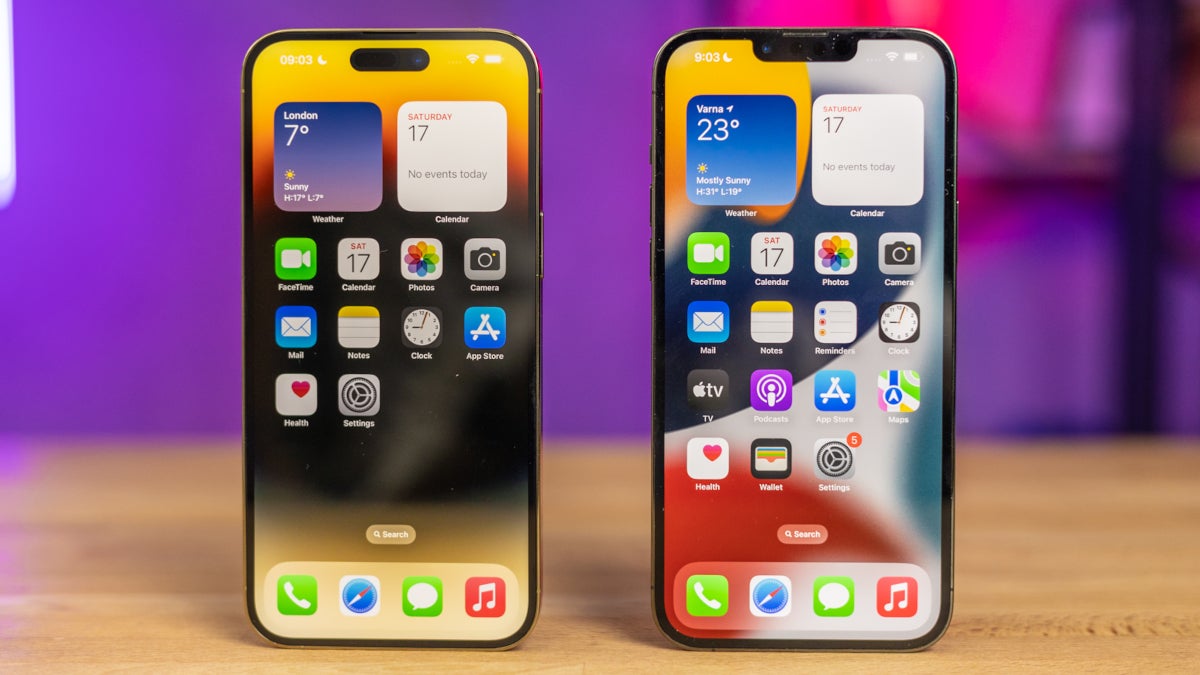Report reveals how much Apple pays for the parts it needs to build the iPhone 14 Pro Max
To reiterate, the iPhone 14 Pro Max is equipped with the A16 Bionic and the chipset counts toward 20% of the cost of materials paid by Apple to build each of its top-of-the-line handsets. Additionally, the components that Apple designs itself for use in the iPhone 14 Pro Max make up 22% of the bill of materials (BoM) cost, a higher percentage than seen with the iPhone 13 Pro Max. The BoM is a list of materials needed to build a certain product.
Used on the iPhone 14 Pro series, the A16 Bionic chip costs Apple $11 more per unit than the A15 Bionic
Speaking of 5G, the extra cost to add 5G compatibility to the iPhone 12 line resulted in one of the largest year-over-year increases in component costs. The 2020 iPhone series was the first to support 5G connectivity. Adding the parts needed to allow the iPhone 12 models to connect to 5G airwaves resulted in Apple paying 26% more for components compared to what it paid for the previous iPhone 11 series.
For all the latest Technology News Click Here
For the latest news and updates, follow us on Google News.

